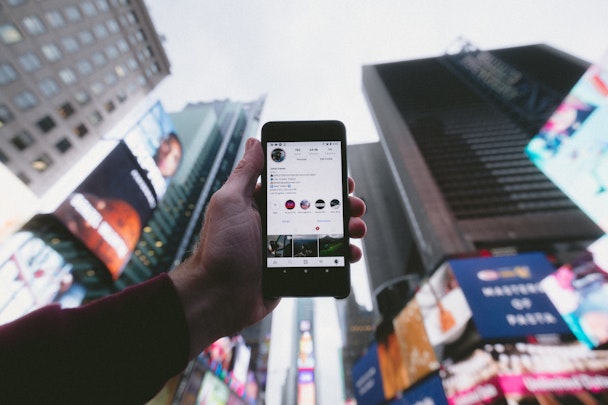Sedge Beswick: Fake followers aren't the biggest threat to influencer marketing
There have been numerous reports floating around recently that cite huge celebrities and household names like Ellen DeGeneres and Taylor Swift as having hordes of fake followers. Ellen DeGeneres has a rumoured fake following of 58%, meaning more of her followers are bots than real people.

Fake followers aren't the biggest threat to influencer marketing
Whilst a lot of these reports will vilify celebrities for their mass fake following, it’s actually incredibly unlikely that Ellen DeGeneres has bought her following. Fraudulent activity in the social space spawns in a similar way to viruses. Fraudulent accounts will pin point a giant host (in this case, America’s sweetheart Ellen DeGeneres) and engage with genuine followers in the comments section, generating awareness and traction of their own fake accounts, hoping that influencers or anyone will spot them and try to latch onto their promise of fame and fortune at a suspiciously low price.
Most of the time, celebrities like Ellen DeGeneres won’t be running their own accounts – at most they’ll be briefing a team on the content they’d like to put out, and that’s about it, so they’ll be oblivious to what’s going on in the comments section. At an average of 10,000 comments per post, no one has the time to sift through that in search of fishy looking enthusiasm for their own feeds.
The problem with this obsession surrounding fake followers and general follower counts, is that brands are missing the point of influencers all together. Influencers have never been about numbers; they’re about authenticity, real stories from real people, who take the time to get to know and engage with their audiences. Instead of prioritising vanity metrics, brands should be focusing on the engagement rates of influencers.
Of course there will be anomalies, take Ellen’s Oscar selfie from 2014 for example, a picture that was retweeted so many times on Twitter that it kicked Michelle Obama off the top spot for most tweeted image - even that engagement won’t have drastically altered her engagement because it is of course an abnormality. The same goes for this year’s Love Island gang, whose individual followings shot up within days of them entering the villa, the press immediately deemed them as fakes and fraudsters, when in actuality, their engagement rates were proven to be genuine under further scrutiny.
Instagram themselves regularly champion Ronaldo as being the most followed person on Instagram, a god-like footballer with a boy-next-door vibe, and there is no question that they wouldn’t do that if all his followers were fake. There is far too much at stake, on so many different levels, for Instagram to rep star accounts made up of majority bots.
The fact of the matter is this, despite the saturation of the social space and despite what everyone seems to believe about algorithms, it is still possible for things to go viral and virality doesn’t necessarily mean fraudulence. Far too many brands are wasting far too much money on influencers, because they simply don’t understand what to look for. They’re working with the wrong people, for the wrong reasons, jumping on the influencer marketing bandwagon, dizzying themselves with incredibly high follower counts, without even considering what they want to get out of it and how to actually utilise an influencer’s skillset properly.
My advice? Always focus on authenticity and engagement, build meaningful relationships with the right influencers.

